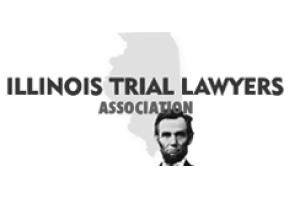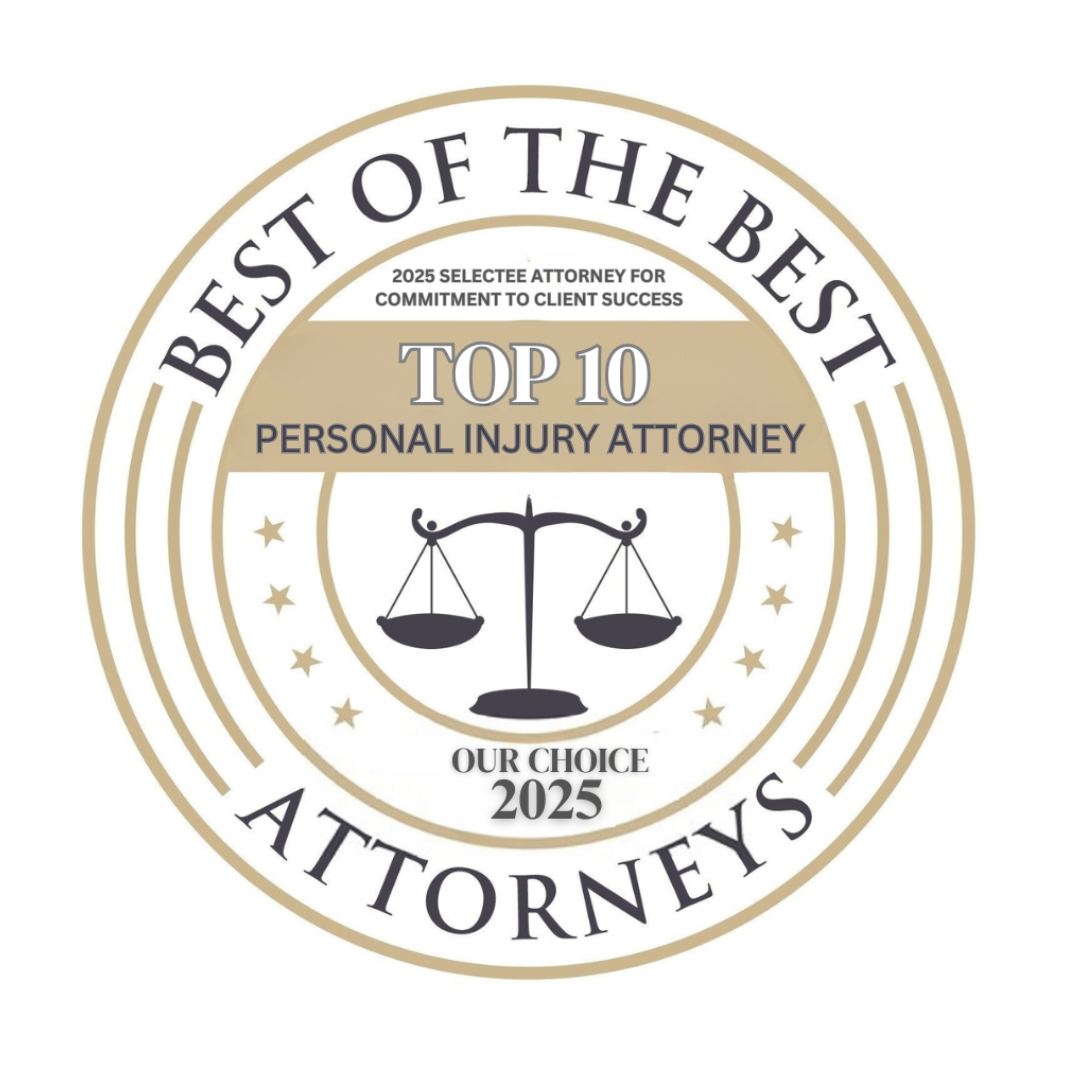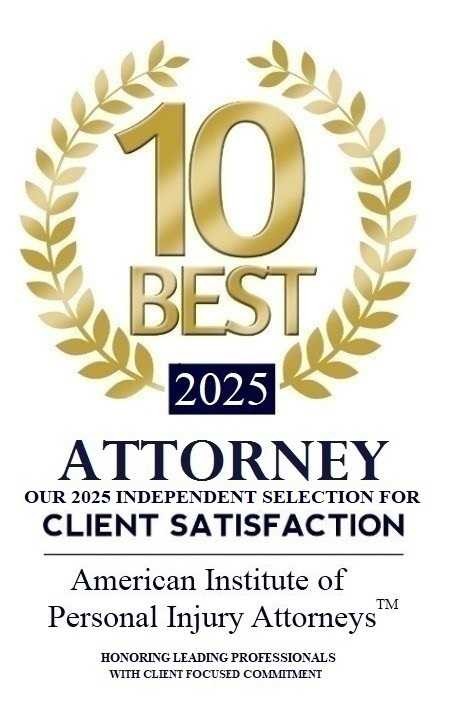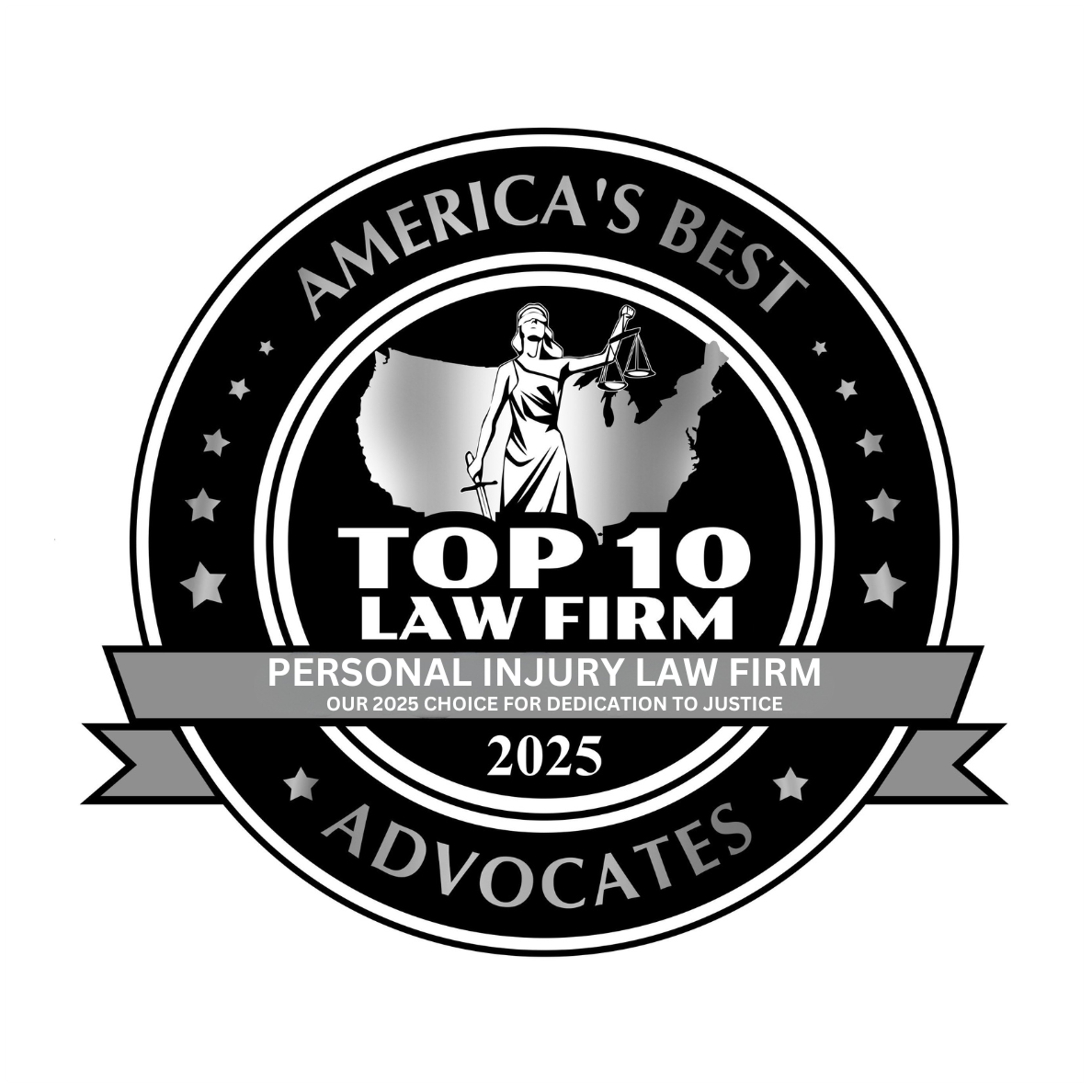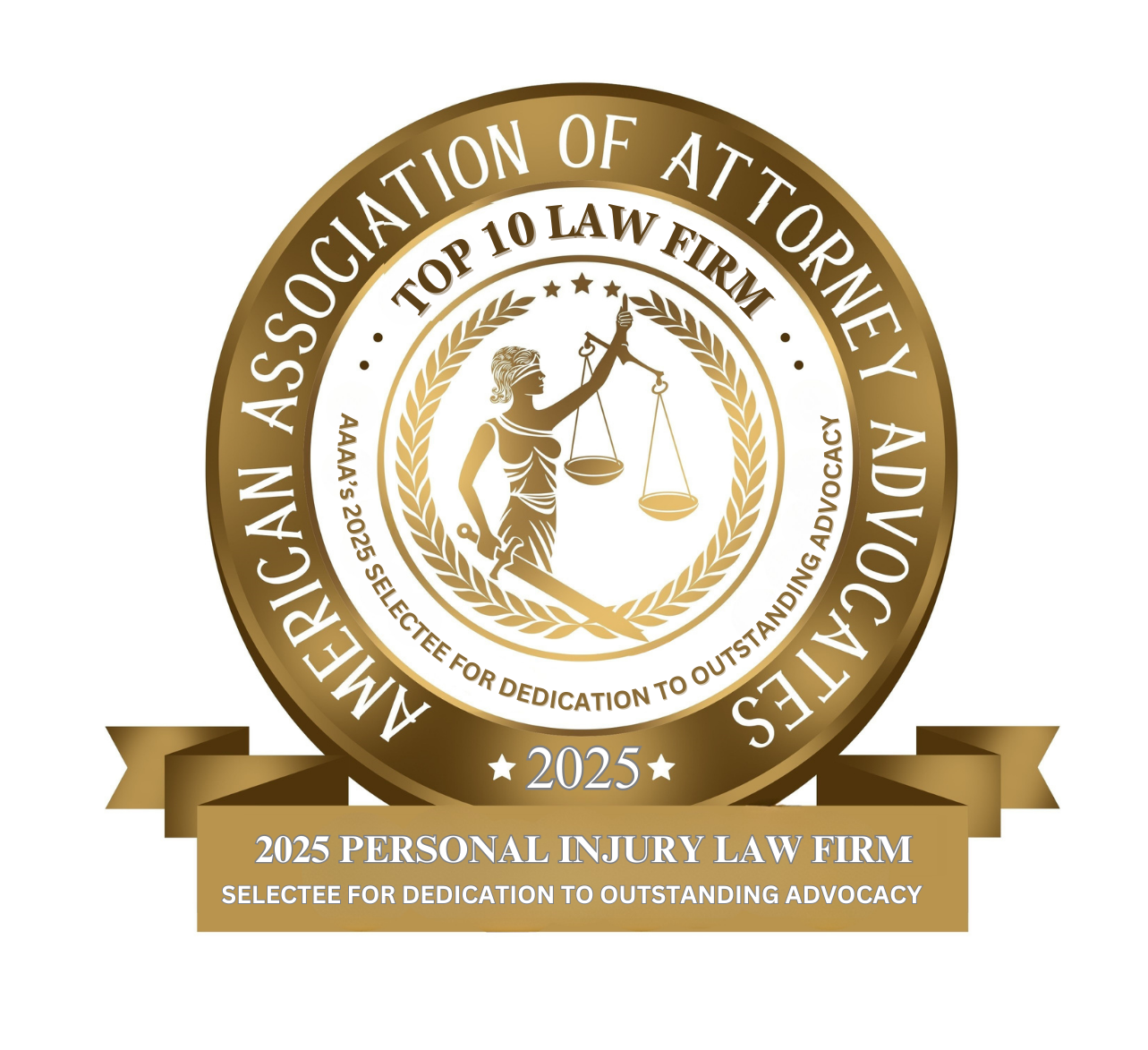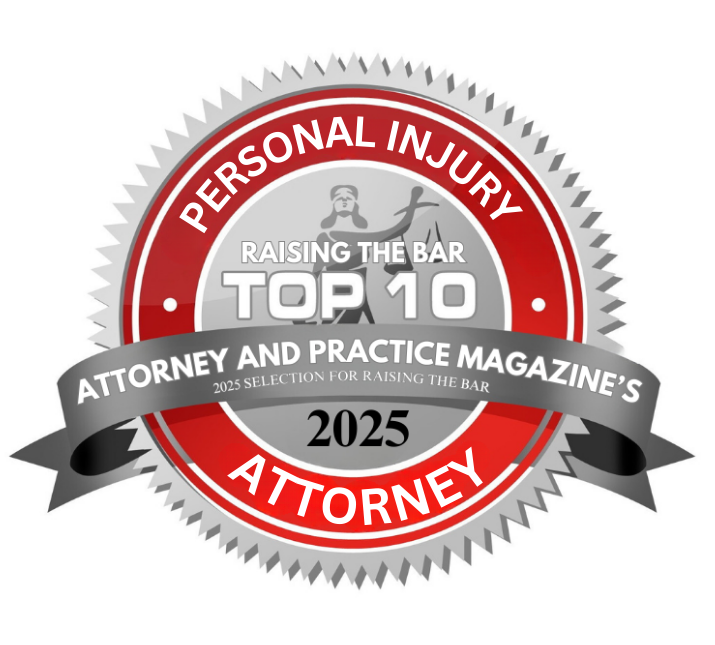- Free Consultation: (630) 527-4177 Tap Here to Call Us
2025 National Teen Driver Safety Week

Each October the nation focuses on one of the most important public-health conversations for families: how to keep newly licensed drivers safe on our roads. National Teen Driver Safety Week is an annual awareness week designed to give parents, schools, community groups, and teens tools that reduce the chance of a crash during the risky first months and years after licensure. This is not just another awareness hashtag, as car accidents remain a top cause of death and catastrophic injury for teens, and small, practical changes (from stronger parent supervision to “phone-free” driving policies) produce measurable results.
“When a young driver is seriously hurt because someone else was careless, our mission is to step in and make sure that family doesn’t face the financial and emotional toll alone. We fight for accountability and for every dollar our clients are owed.” — John J. Malm, Naperville car accident attorney
What is National Teen Driver Safety Week?
National Teen Driver Safety Week is an observance led by safety organizations and federal partners each October to spotlight teen driving risks and prevention strategies. Activities range from social-media campaigns and school assemblies to parent-teen driving agreements and community checklists that encourage supervised practice and seat belt use. In 2025 the observance runs October 19–25, and organizations such as the National Safety Council (NSC), NHTSA, and the Traffic Safety Marketing program publish ready-to-use materials for parents and educators to make teens safer on the road.
The Scale of Teen Car Accidents
Motor vehicle crashes are a leading cause of death for teenagers. In recent national data:
- In 2023, there were thousands of fatalities and hundreds of thousands of injuries involving young drivers. Crashes involving young drivers contributed to a rise in traffic fatalities compared with earlier years.
- CDC data show that motor vehicle crashes are a leading cause of death for adolescents and that each year thousands of teens are killed or injured in crashes. In 2020, CDC estimated roughly 2,800 teen deaths (ages 13–19) and about 227,000 injuries. These losses carry both personal and large economic costs.
These numbers underline a simple fact: teen driving is a high-risk stage where prevention efforts can save lives.
Key Risk Factors for Teen Drivers
Research and federal safety agencies identify several consistent risk factors that make teen drivers more likely to crash:
- Inexperience: Novice drivers lack the exposure to varied traffic conditions that builds judgment; teens have substantially higher crash rates per mile than older drivers. NHTSA data show that drivers aged 16–19 have much higher fatal crash involvement rates per distance traveled than adult drivers.
- Distraction: Phone use, texting, social apps, and interacting with passengers, is a major contributor to crashes among teens. Surveys and studies report high rates of teens admitting to texting while driving and observational studies show distracted glances that substantially raise crash risk.
- Nighttime driving and passengers: Crashes are more likely at night and when teen drivers carry other teens.
- Seat belt nonuse: While national seat belt use is high overall, non-use among teens and at certain times remains an issue. Seat belts are among the most effective tools to reduce death and severe injury.
Proven Prevention Strategies to Minimize Car Accidents with Teens
There’s good news: a set of practical, evidence-based steps reduces teen crash risk substantially. During National Teen Driver Safety Week parents and community leaders are encouraged to promote these approaches:
- Strong Graduated Driver Licensing (GDL): Limitations on nighttime driving, passenger restrictions, and extended supervised practice reduce crashes among novice drivers.
- Parent-teen driving agreements: Written commitments that set rules for phone use, seat belt use, curfews, and passenger limits help translate safety into everyday behavior.
- Phone-blocking and “Do Not Disturb” features: Reducing in-vehicle interaction with phones dramatically lowers distraction; parents should model phone-free driving.
- Supervised practice in diverse conditions: Parents should ensure teens log practice time in daytime, night, rain, highway, and parking situations to build experience before independent driving.
- Seat belt enforcement and education: Consistent seat belt use is a simple, life-saving habit to insist upon.
Practical Checklist for Parents of Teen Drivers

- Sign a parent-teen driving agreement and display it in the house.
- Set a clear nighttime curfew and passenger rules; enforce them.
- Require the phone to be stowed out of reach or set to “Do Not Disturb While Driving.”
- Keep a supervised driving log that includes at least 50–100 hours of varied conditions.
- Model good behavior: always buckle up, avoid phone use, obey speed limits.
- Schedule a vehicle safety check (tires, lights, seat belts, child/booster seats if applicable).
- Review local GDL rules and insurance implications for new drivers.
Common Injuries in Teen Car Accidents
When crashes happen, teen occupants often sustain a range of injuries. Common outcomes include:
- Head injuries and concussions, especially in unbelted occupants.
- Orthopedic injuries such as fractures, including long-bone and pelvic fractures.
- Internal injuries and abdominal trauma in high-speed impacts.
- Soft tissue injuries, whiplash, and disc injuries that can lead to chronic pain.
Beyond physical harm, crashes can cause emotional trauma, long-term disability, and financial burdens for families; prevention reduces all of these downstream harms.
How Schools and Communities Can Participate in Teen Driver Safety Week
Schools, traffic safety coalitions, and community organizations play a large role during National Teen Driver Safety Week:
- Host parent-education nights with local police and safety advocates.
- Run in-school assemblies or classroom modules on distraction and risk.
- Organize supervised driving clinics with instructors or certified parents.
- Promote seat belt campaigns and visible pledge boards.
- Partner with insurers or fleet safety programs to offer low-cost vehicle safety checks.
A Note for Teen Drivers
If you’re a teen reading this: your choices matter. The first months of solo driving are when habits form. Keep the phone out of reach, always buckle up, limit nighttime driving when possible, and be honest with parents about your comfort level. You earn real privileges by demonstrating responsibility.
Frequently Asked Questions about National Teen Driver Safety Week
Q: When is National Teen Driver Safety Week this year?
A: In 2025 National Teen Driver Safety Week runs October 19–25. Many safety organizations publish free resources around those dates.
Q: How dangerous is driving for teens compared to adults?
A: Novice teen drivers have higher crash rates per mile than older drivers. Federal data show that drivers aged 16–19 are involved in far more fatal crashes per distance driven than older age groups, reflecting inexperience and typical teen risk factors.
Q: Does banning phone use for teens work?
A: Laws that restrict phone use for novice drivers are one helpful policy; more importantly, family rules and technological steps (phone stowage, Do Not Disturb modes, apps that block alerts while driving) reduce distraction and lower crash risk. Education plus enforcement is most effective.
Q: What should parents do if their teen refuses to follow driving rules?
A: Maintain clear consequences tied to privileges (vehicle use, curfew, insurance). Consider a written parent-teen driving agreement that outlines expectations and penalties; involve the teen in setting reasonable goals so they buy in to safer habits.
Contact the Illinois Car Accident Lawyers at John J. Malm & Associates
National Teen Driver Safety Week serves as a vital reminder of how fragile those first years behind the wheel can be. Even when teens follow the rules, they can still become victims of another driver’s negligence, whether from a distracted driver, a speeding motorist, or someone who ran a red light. When a teen is injured in a crash that wasn’t their fault, the consequences can be devastating, both physically and emotionally, for the entire family.
At John J. Malm & Associates, we understand how overwhelming it can be to navigate the aftermath of a serious car accident involving your child. Our firm has helped Illinois families recover compensation for medical bills, lost wages, pain and suffering, and long-term rehabilitation after devastating crashes. We know what it takes to hold careless drivers and insurance companies accountable.
If your teen driver was injured in a crash that wasn’t their fault, contact our firm today for a free consultation. Our experienced legal team will investigate the crash, identify all responsible parties, and fight for the full and fair recovery your family deserves. Call John J. Malm & Associates to learn how we can help protect your rights and your child’s future.




